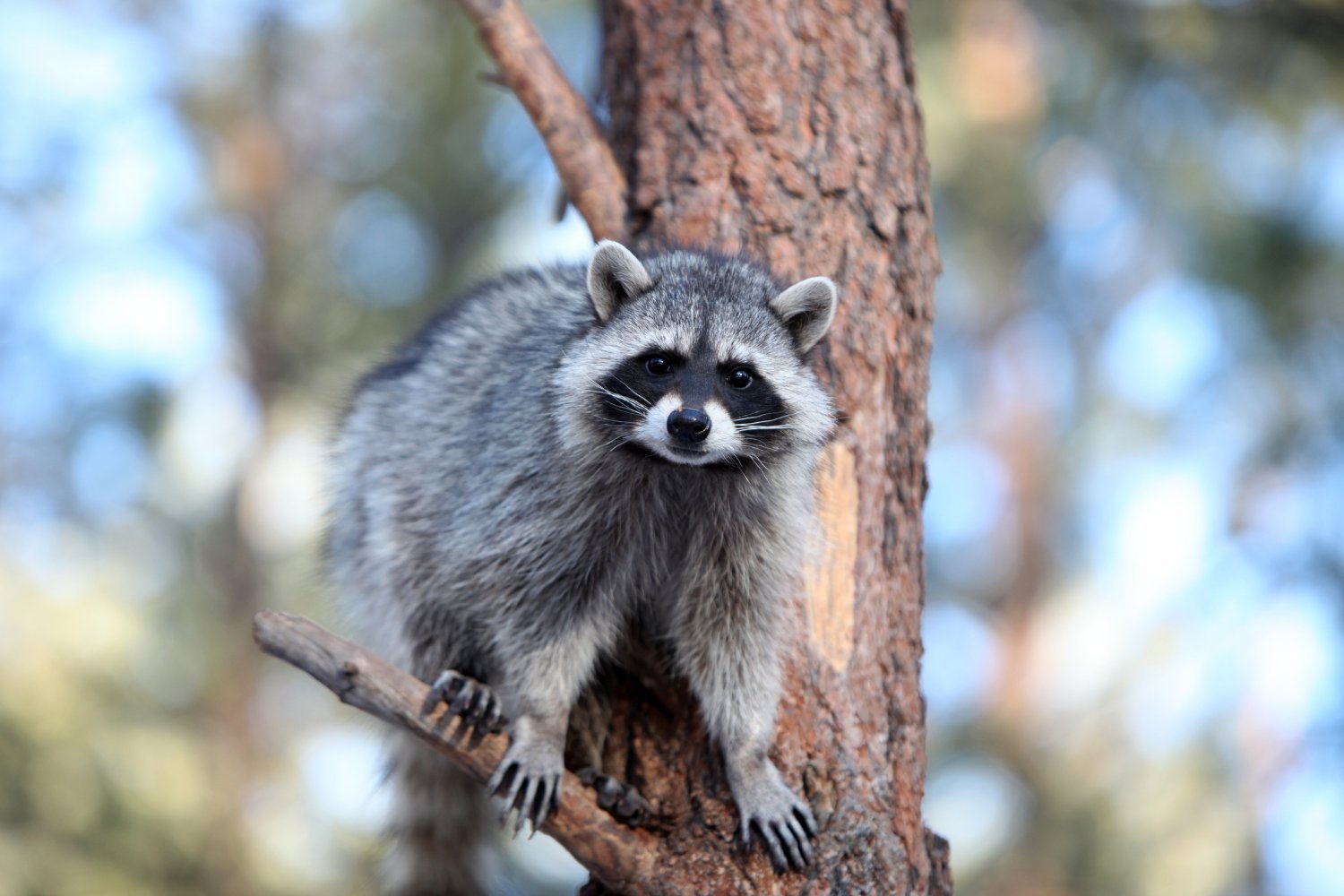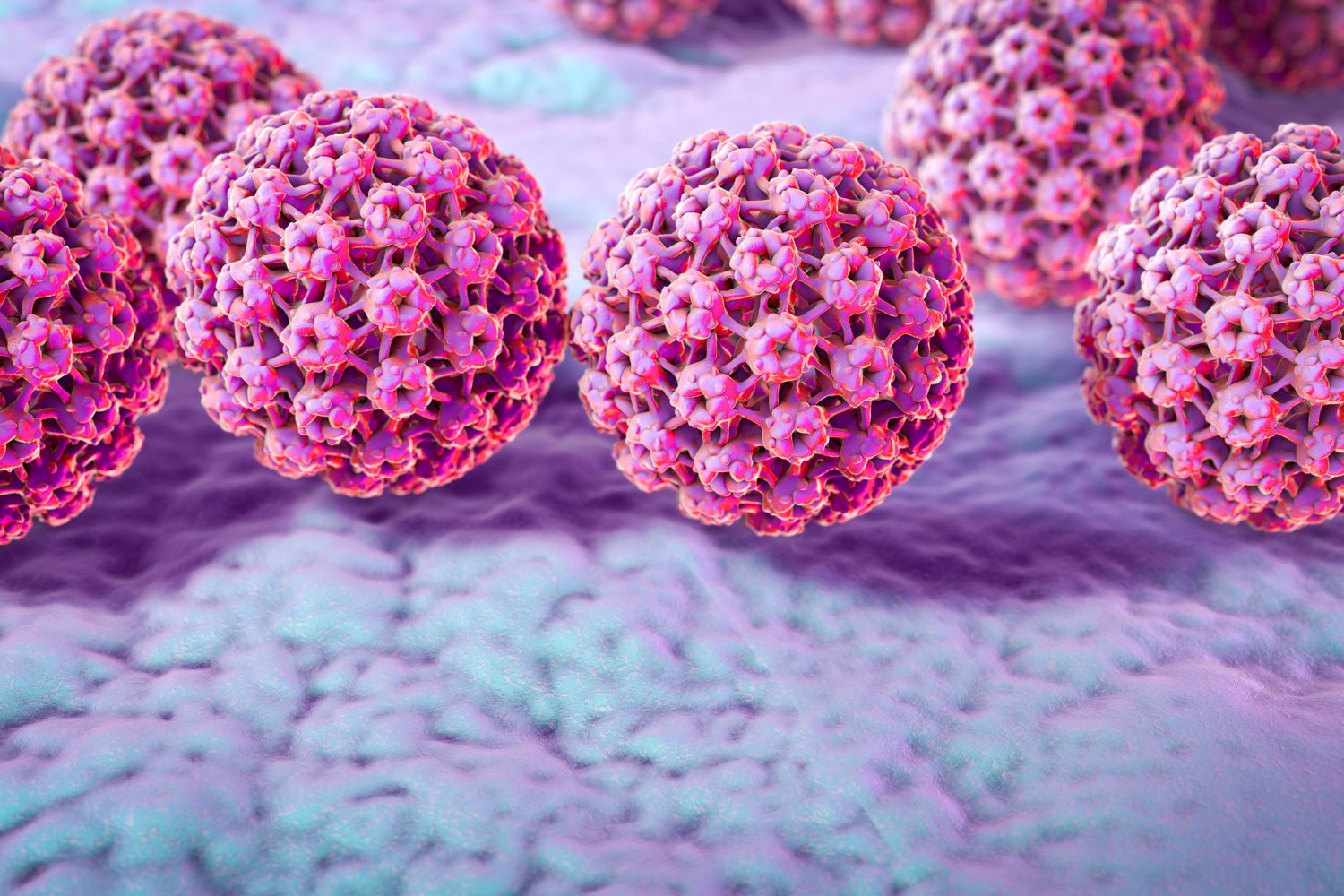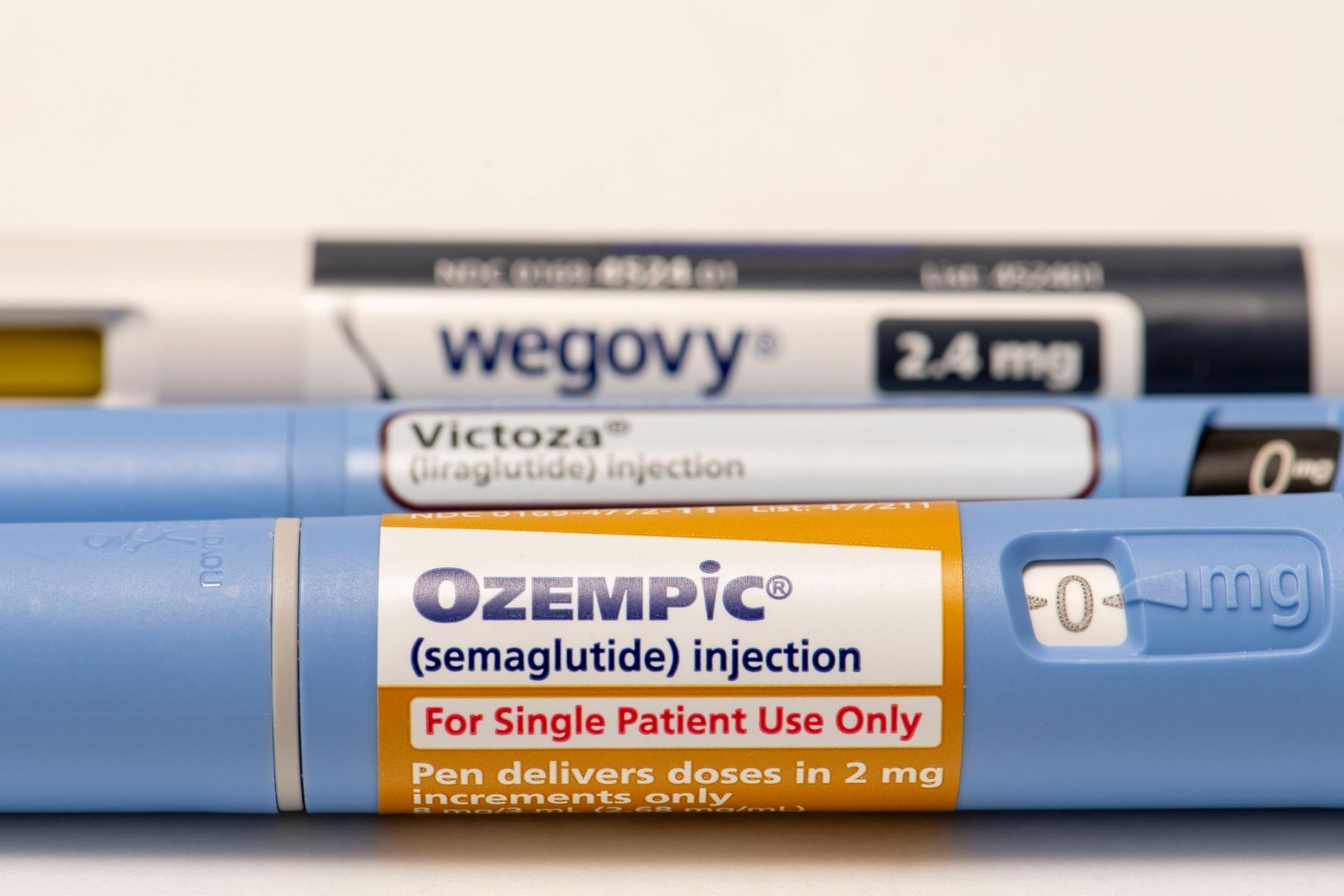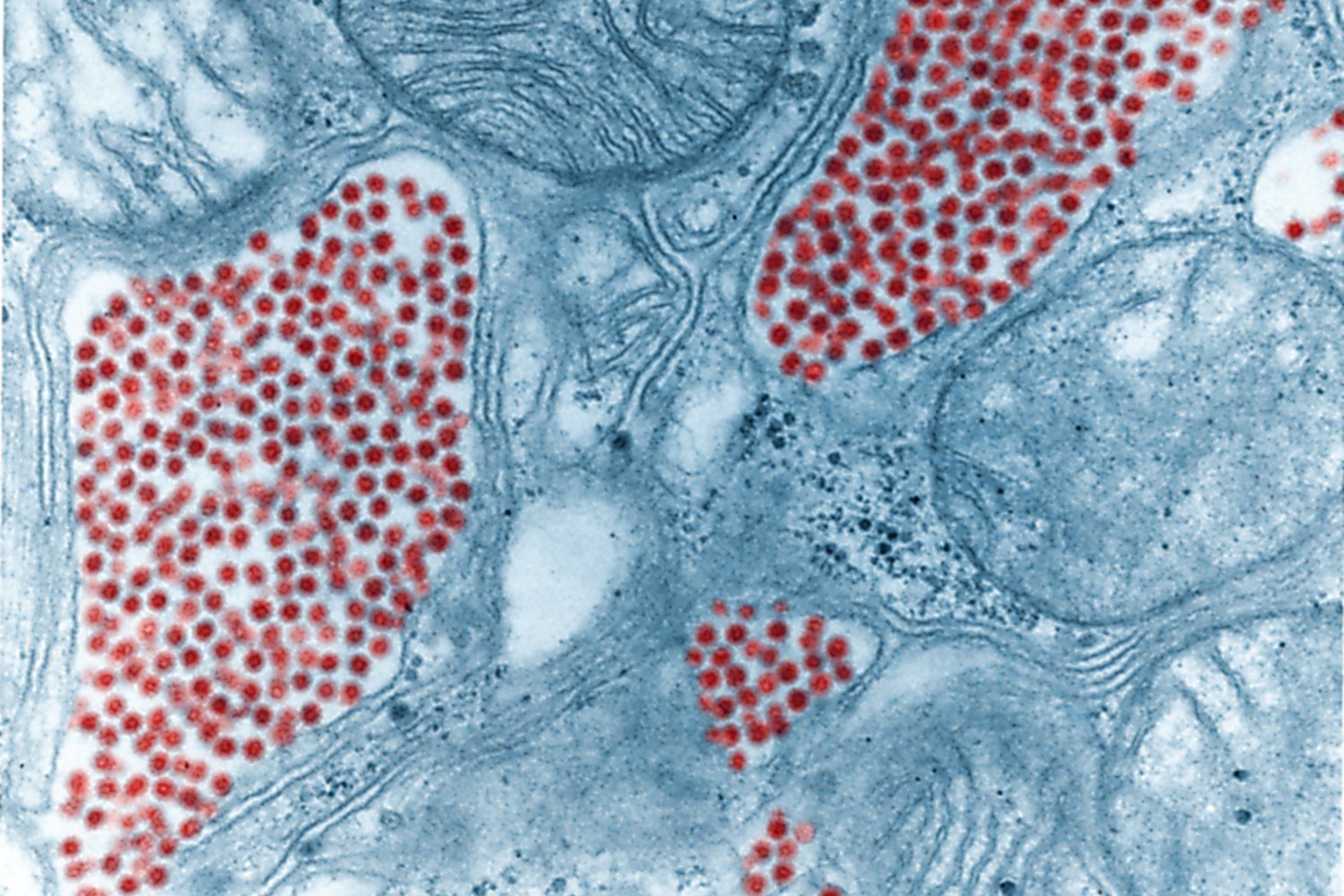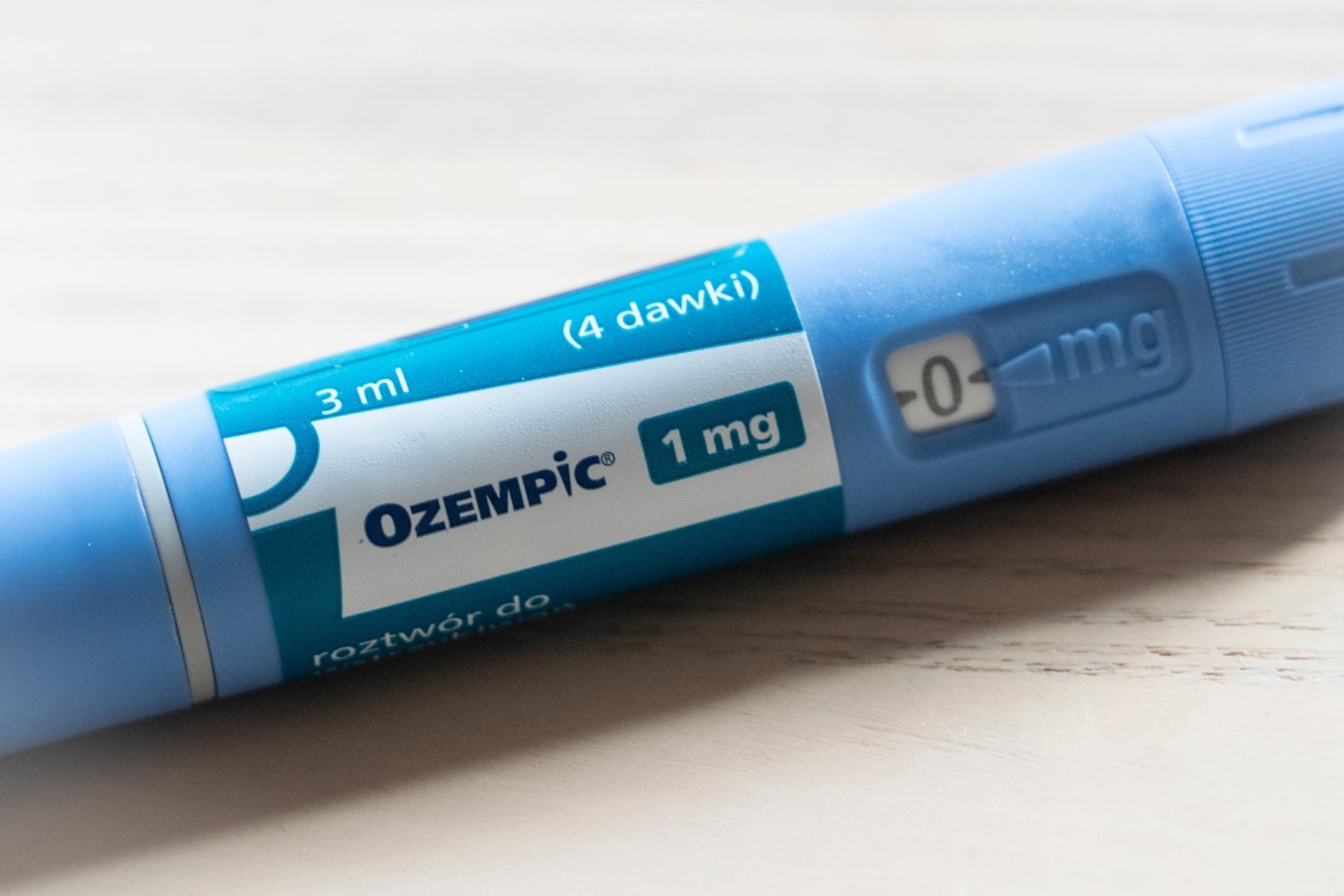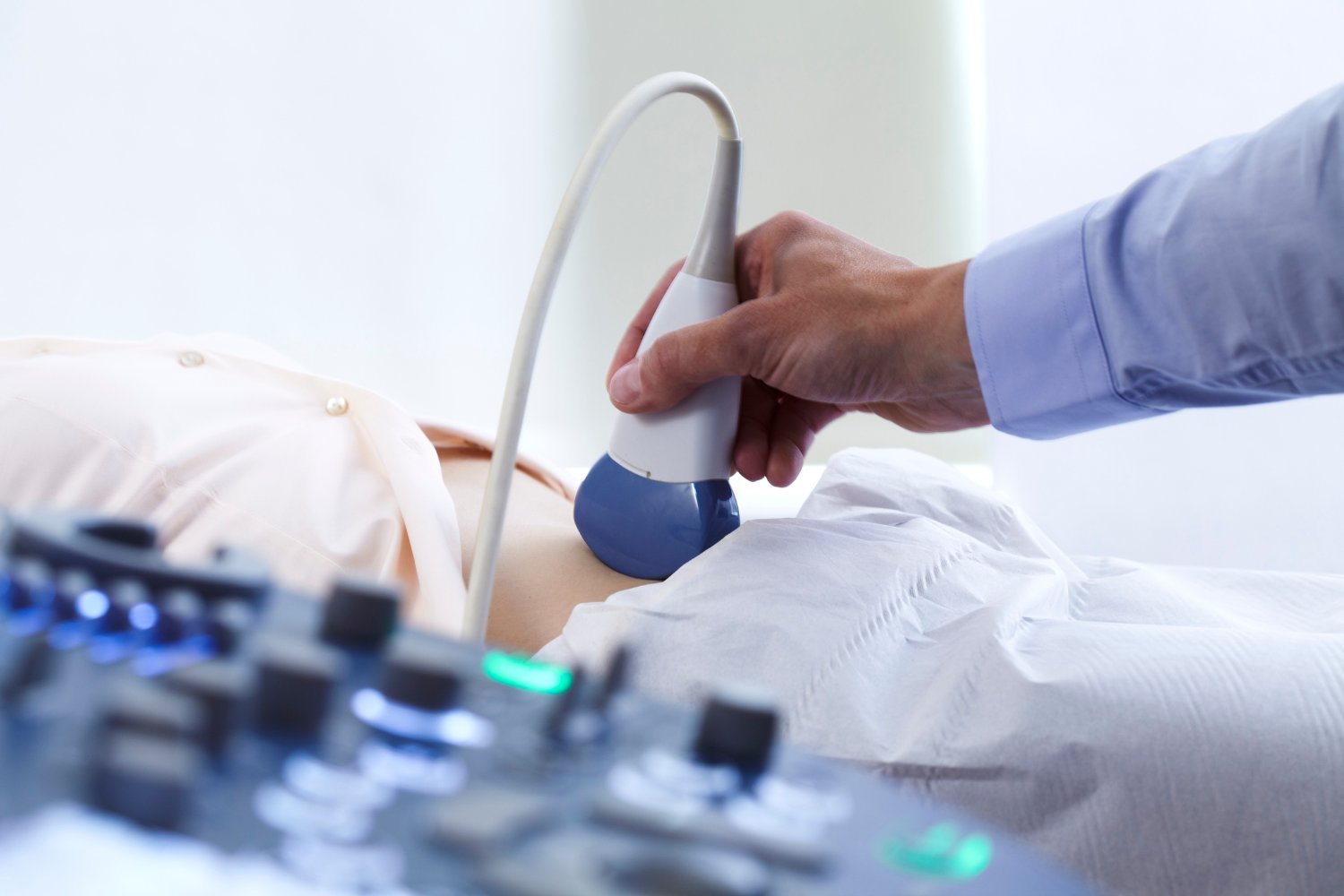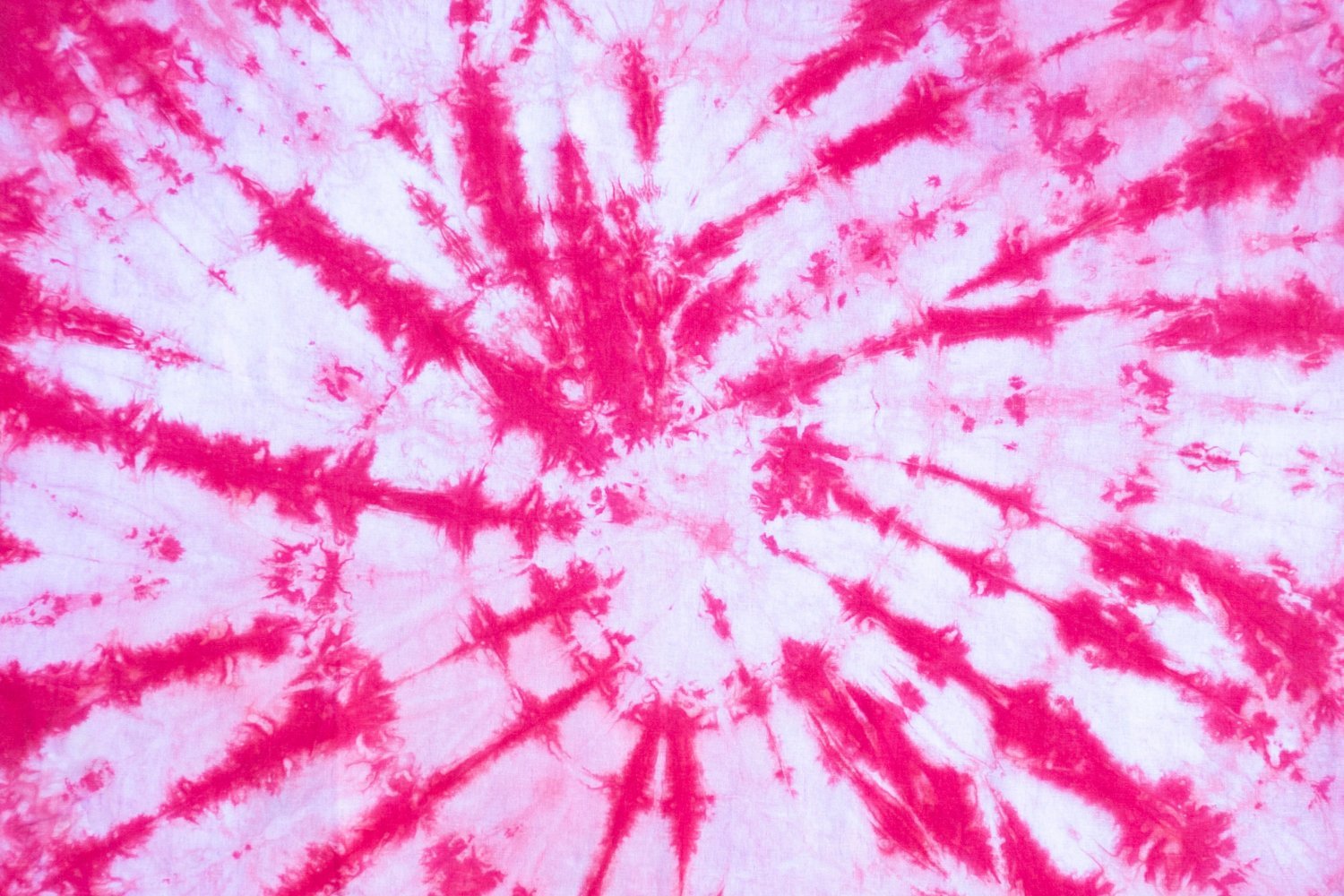Raccoon roundworm, a rare but potentially serious parasitic infection, has been identified in two Los Angeles residents, prompting a public health investigation. The Los Angeles County Department of Public Health confirmed the cases, both located in the South Bay area, emphasizing the potential severity of this infection. Caused by Baylisascaris procyonis, this parasite can lead to severe neurological and ocular damage.
Baylisascaris procyonis primarily infects raccoons (Procyon lotor), its namesake host. The worms reproduce within the raccoon’s intestines, and eggs are shed in the animal’s feces. These eggs develop into infectious larvae in the environment, typically taking two to four weeks. While raccoons generally remain asymptomatic, the consequences for other hosts can be significant.
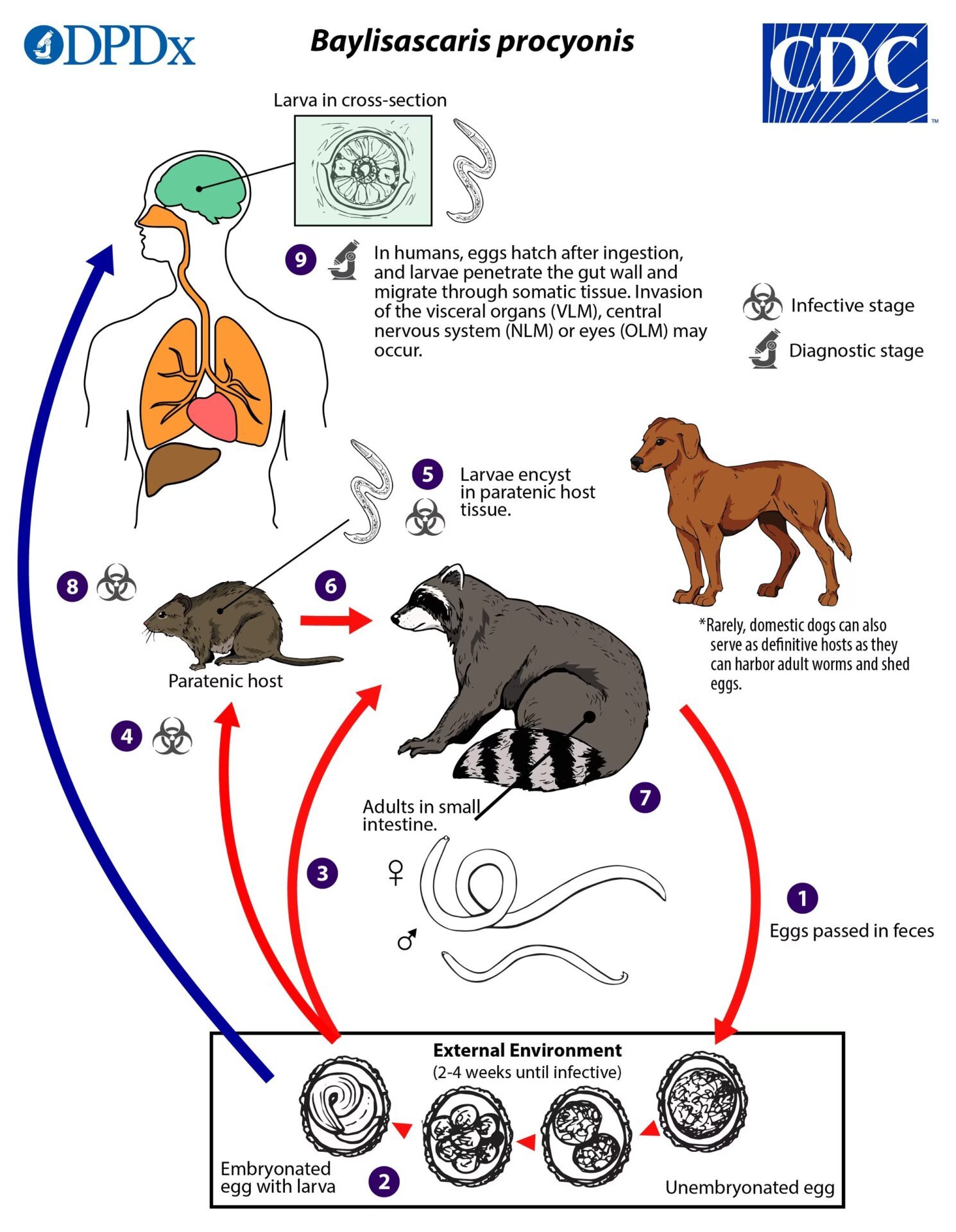 Raccoon Roundworm Life CycleRaccoon roundworm life cycle, illustrating transmission routes and potential hosts. © Centers for Disease Control and Prevention
Raccoon Roundworm Life CycleRaccoon roundworm life cycle, illustrating transmission routes and potential hosts. © Centers for Disease Control and Prevention
Transmission typically occurs through ingestion of contaminated soil, objects, or feces containing infective larvae. Small prey animals, like rodents, can also become infected, often serving as intermediate hosts. The larvae can encyst within the tissues of these animals, posing a risk to raccoons who prey on them. Humans and pets, however, represent a dead-end for the parasite’s life cycle.
While dogs can host adult worms and shed eggs, humans and cats cannot. Upon infection, the larvae in humans can migrate to internal organs, including the eyes and brain, causing significant damage. Although human baylisascariasis is rare, it can be life-threatening. The Centers for Disease Control and Prevention (CDC) has documented a limited number of human cases, with a concerning mortality rate among those experiencing neurological complications.
A substantial proportion of raccoons in the western United States are believed to carry B. procyonis. Some estimates suggest prevalence as high as 82%. The hardy larvae can persist in the environment for extended periods, further increasing the risk of exposure, especially considering raccoons’ proximity to human habitats. Young children, individuals with developmental disabilities, and those with pica (an eating disorder characterized by the consumption of non-food items) face a heightened risk due to increased likelihood of ingesting contaminated materials.
Baylisascaris procyonis eggs.Microscopic image of Baylisascaris procyonis eggs, highlighting their characteristic appearance. © Centers for Disease Control and Prevention
Simple preventative measures can significantly reduce the risk of infection. These include regular handwashing, avoiding direct contact with wild animals and their waste, maintaining pet health, and preventing wildlife from inhabiting areas near homes. Los Angeles County Health Officer Muntu Davis underscored the interconnectedness of human and animal health, emphasizing the importance of these precautions in safeguarding communities and families.
By adhering to these recommendations and promoting awareness, the risk of this rare but potentially devastating parasitic infection can be minimized. For further information on baylisascariasis, consult the resources provided by the CDC.



